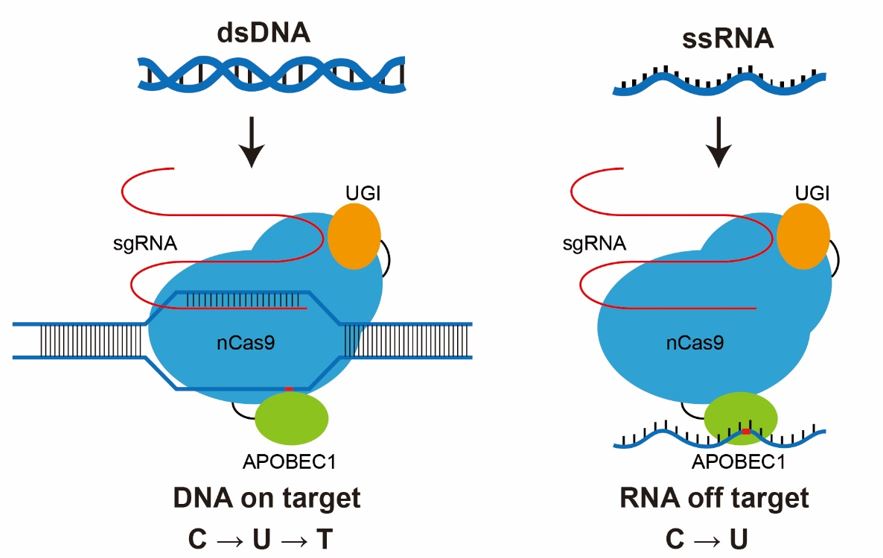
Geographical proximity has brought a growing number of students from Central Asia to Xinjiang. A total of 55 Central Asian students -- 32 doctors and 23 in master's programs -- have graduated from the Xinjiang Institute of Ecology and Geography, Chinese Academy of Sciences, where Sadyrbek currently studies.
A China-U.S. joint research team has made new breakthroughs in developing non-human primate models for autism research, paving the way for possible drug discovery and gene therapy of the disorder. The research was published in the journal Nature.
China's technological cooperation with central Asian countries including Kyrgyzstan and Tajikistan has yielded fruitful results, according to the Chinese Academy of Sciences (CAS). CAS Research Center for Ecology and Environment of Central Asia has cooperated with local governments in Kyrgyzstan to conduct demonstration projects in improving drinking water safety.

Chinese scientists have developed a drug-free theranostic agent that can be a good replacement for traditional chemotherapeutics in cancer treatment. The agent was jointly developed by researchers with Hefei Institutes of Physical Science and Shanghai Jiao Tong University.
Researchers have developed a new type of graphene electrode for ultra-sensitive and controllable flexible capacitive pressure sensors. Flexible pressure sensors allow robots to feel their external mechanical environment, while the development of graphene provides a new solution for the next generation of ultra-sensitive tactile technology.

Chinese scientists have established a method to analyze and eliminate gene editing attempts that stray off target. The researchers optimized the way enzymes interacted with RNA, and they engineered gene editing tools that caused zero off-target effects.

86-10-68597521 (day)
86-10-68597289 (night)

52 Sanlihe Rd., Xicheng District,
Beijing, China (100864)

